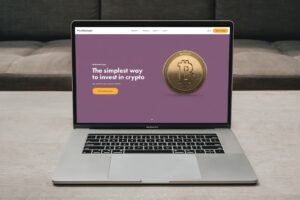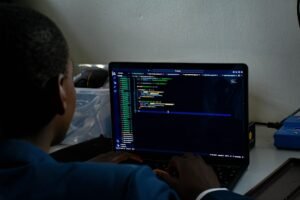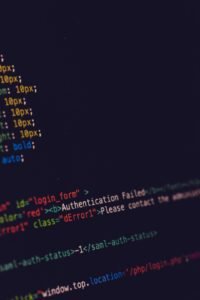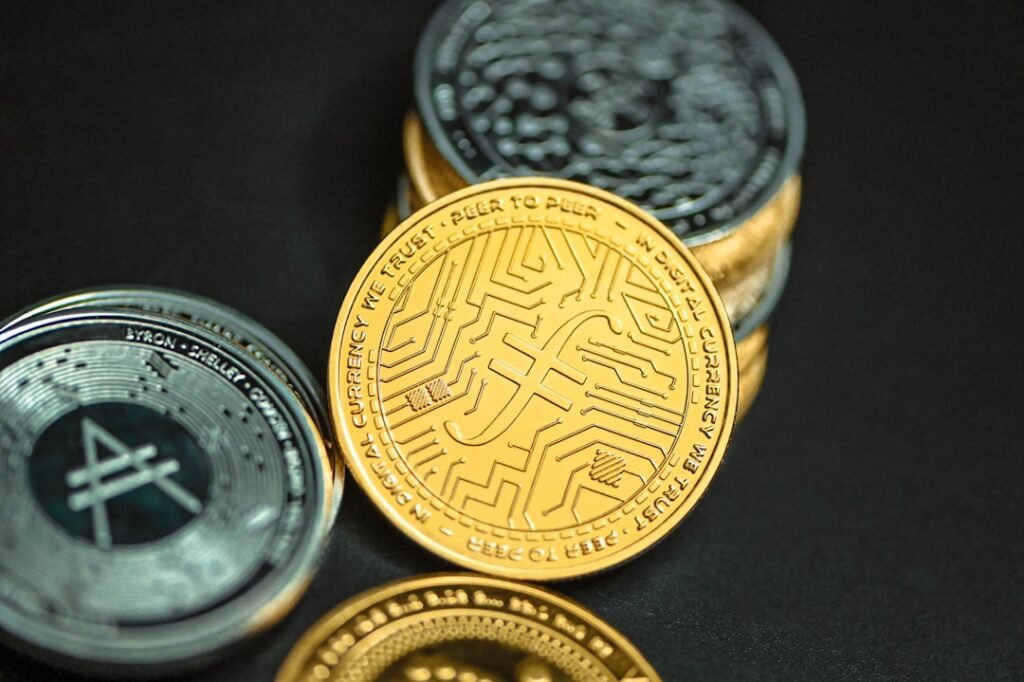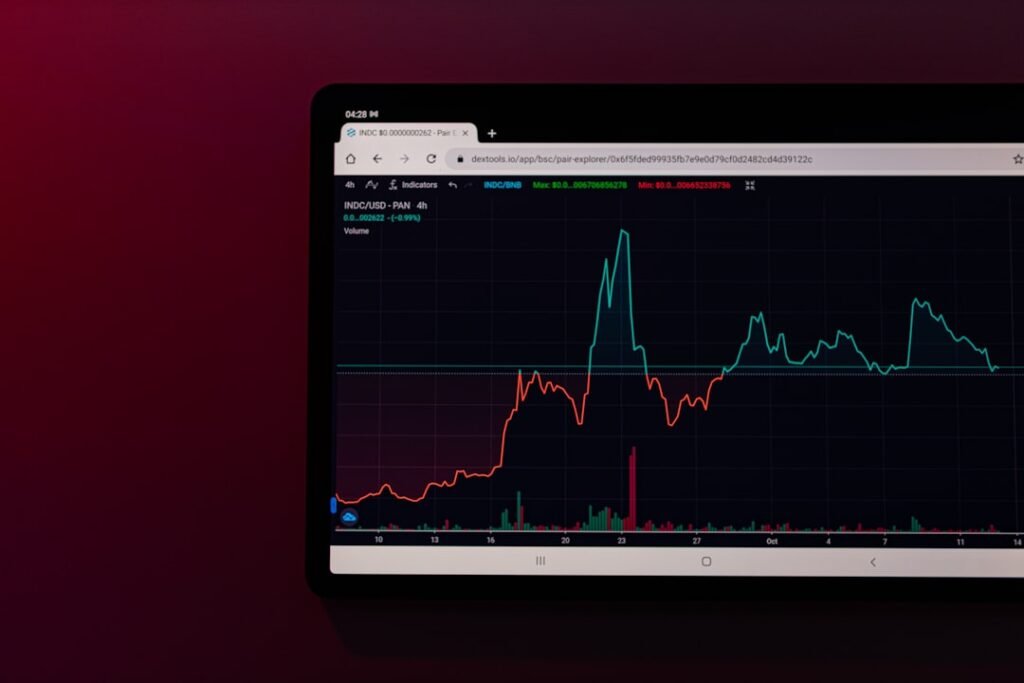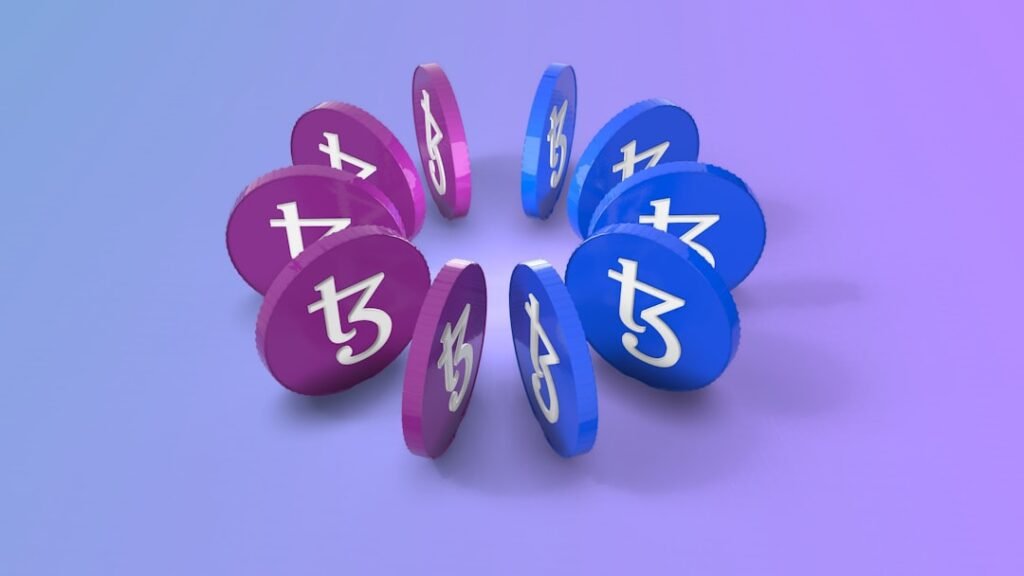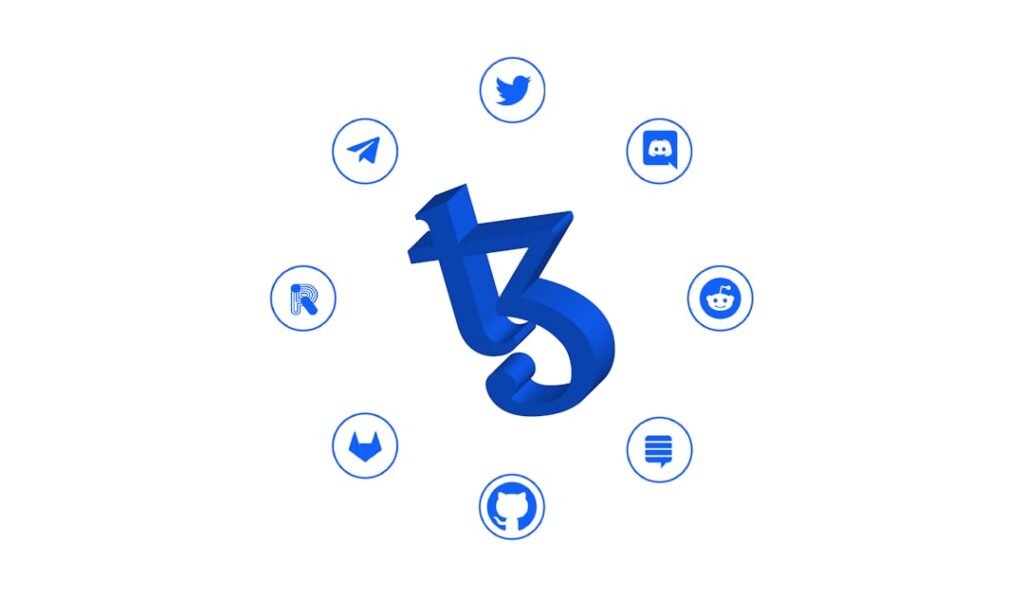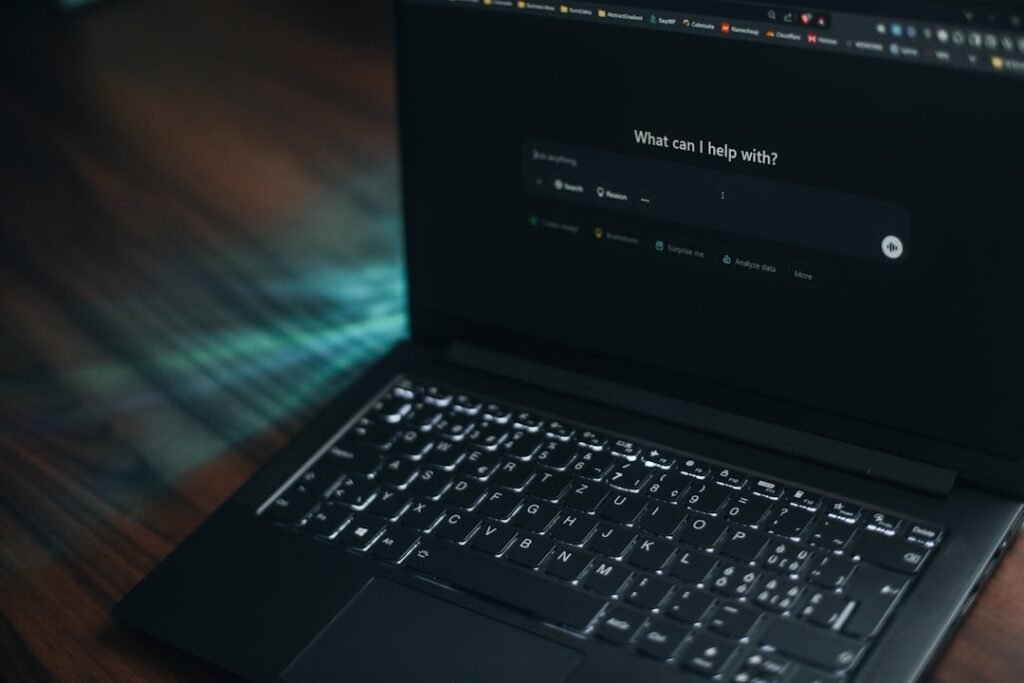The stewardship of family wealth and the smooth transfer of assets to the next generation is one of the most profound responsibilities a person can undertake. For centuries, this process—known as asset succession—has been governed by paper documents, face-to-face meetings, and a complex web of legal instruments like wills and trusts. While time-honored, this traditional approach is fraught with inefficiency, opacity, and risk. Paperwork gets lost, communication breaks down, and disputes can arise from a simple lack of clarity, tarnishing legacies and fracturing family relationships.
Enter the digital revolution. Today, a new generation of private trust platforms is transforming the arcane world of estate planning into a secure, transparent, and highly efficient digital experience. These platforms are not merely digital filing cabinets; they are sophisticated ecosystems designed to manage, protect, and transfer wealth with unparalleled precision and security. They represent a fundamental shift from a slow, analogue process to a dynamic, real-time system of governance.
This analysis explores how these digital innovations are fundamentally reshaping asset succession, making the process safer from threats and more efficient for everyone involved—from the wealth creator (grantor) to the fiduciaries (trustees) and the heirs (beneficiaries).
1. The Problem with Paper: Deconstructing the Inefficiencies of Traditional Trust Management
To appreciate the digital leap forward, we must first understand the inherent weaknesses of the legacy system. The traditional management of a family trust often involves a scattered collection of stakeholders and documents, creating significant friction and risk.
- Fragmented and Vulnerable Information: Critical documents—trust deeds, property titles, insurance policies, investment statements, and letters of wishes—are often held in different locations: a law firm’s office, a safe deposit box, a home safe. This decentralization makes them vulnerable to being lost, damaged in a fire or flood, or even deliberately concealed or forged.
- Administrative Drag and High Costs: Trustees spend an inordinate amount of time on manual administrative tasks: collecting data from various sources, preparing reports, processing distributions, and ensuring compliance. This manual effort is not only slow but also expensive, with costs often passed on to the trust in the form of high fees.
- Opacity and Communication Gaps: Beneficiaries are frequently left in the dark about the assets held in the trust, its performance, and the decisions being made by trustees. Communication often happens through formal, infrequent channels, leading to misunderstandings, mistrust, and a feeling of disenfranchisement, which can be a primary catalyst for family disputes.
- Inability to Manage Modern Assets: Traditional trust frameworks struggle to accommodate the complexity of a modern investment portfolio, which may include global equities, private equity holdings, real estate in multiple countries, and increasingly, digital assets like cryptocurrencies and NFTs.
This analogue model is ill-equipped for the speed, complexity, and global nature of modern wealth.
2. The Efficiency Revolution: How Digital Platforms Streamline Succession
A private trust platform replaces the scattered, paper-based model with a centralized, intelligent, and automated system. This creates a seismic shift in operational efficiency.
A Centralized Digital Vault: The Single Source of Truth
The foundation of any private trust platform is a secure, centralized digital vault. This becomes the undisputed single source of truth for the entire trust structure.
- All essential documents are digitized, encrypted, and stored in one place.
- Asset information is aggregated in real-time, pulling data from various banks, brokerage accounts, and other financial institutions.
- This provides a consolidated, up-to-the-minute view of the trust’s total net worth and asset allocation, accessible 24/7 to authorized parties.
Strategic Impact: The question “Where is the latest version of the trust deed?” becomes obsolete. Everyone works from the same, verifiable information, eliminating confusion and version control issues.
Automated Workflows and Intelligent Administration
Modern platforms go beyond simple storage by automating key administrative functions that were previously manual and time-consuming.
| Manual Process | Automated Platform Solution |
|---|---|
| Manual Distribution Calculations | The platform automatically calculates and processes scheduled distributions to beneficiaries based on the rules defined in the trust deed. |
| Compliance Reporting | The system can auto-generate compliance and financial reports required for regulatory filings, dramatically reducing preparation time and potential for error. |
| Capital Calls for Private Equity | The platform can manage and automate notifications and processes for capital calls, a notoriously complex task. |
| 기록 보관 | Every action, decision, and transaction is automatically logged, creating a perfect, chronological record without manual data entry. |
Seamless Communication and Governance
Effective communication is the cornerstone of good governance. Digital platforms replace sporadic emails and phone calls with integrated, secure communication tools.
- Secure Messaging Portal: Trustees, grantors, and beneficiaries can communicate within the platform. This keeps sensitive discussions off insecure personal email and creates a permanent, auditable record of all correspondence related to the trust.
- Voting and Approvals: For trusts with multiple trustees, the platform can facilitate formal voting on key decisions. The results are logged immutably, ensuring transparency and accountability.
3. Fortifying the Fortress: Unpacking the Unprecedented Security Advantages
While efficiency is a powerful motivator, the most significant advantage of a modern private trust platform is its multi-layered approach to security, which far surpasses the physical security of a locked filing cabinet.
Bank-Grade Encryption and Data Protection
Protecting sensitive financial and personal data is the platform’s primary mandate.
- 종단 간 암호화: All data is encrypted while in transit (using protocols like TLS 1.3) and at rest in the database (using algorithms like AES-256). This means that even in the unlikely event of a physical server breach, the underlying data remains unreadable.
- Granular, Role-Based Access Control: This is a critical feature. The platform enforces a “need-to-know” principle. A beneficiary might be able to view their own distribution history but is blocked from seeing the total value of the trust or the details of other beneficiaries. An investment advisor may see performance data but not the personal identity of the family members. This granular control is nearly impossible to enforce with paper documents.
- 다단계 인증(MFA): Access to the platform is protected by more than just a password. Users must verify their identity through a second factor, such as a code sent to their phone or a biometric scan (fingerprint or face ID).
Immutable Audit Trails: The Ultimate Defense Against Fraud and Disputes
Perhaps the most revolutionary security feature is the use of technologies like blockchain or distributed ledgers to create an unchangeable audit trail.
- Every single action—a document upload, a user login, a message sent, a distribution approved, a change in asset value—is recorded as a transaction in a cryptographic ledger.
- This record is immutable, meaning it cannot be altered or deleted by anyone, not even a system administrator.
- In the event of a future dispute or legal challenge, this audit trail provides a mathematically verifiable, chronologically perfect history of the trust’s administration. It replaces “he said, she said” with cryptographic proof, effectively eliminating the possibility of retroactive fraud.
Disaster Recovery and Business Continuity
A professionally managed digital platform provides a level of resilience that no single physical office can match.
- Data is stored on georedundant servers, meaning it is simultaneously replicated in multiple, physically separate data centers.
- If a natural disaster or power outage affects one location, the system automatically fails over to a backup site, ensuring continuous operation and data availability.
4. Empowering the Human Element: Beyond Technology
The true value of a private trust platform lies in how its technology enhances human relationships and honors the grantor’s intent.
- Fostering Family Harmony: By providing a transparent, shared view of the trust’s purpose and operations, these platforms can demystify the process for beneficiaries. This clarity reduces suspicion and helps prevent the conflicts that often arise from information imbalances.
- Promoting Financial Literacy: For the rising generation, who are digital natives, interacting with their family’s legacy through a sophisticated digital platform is natural and engaging. It provides them with the tools and information to understand their inheritance, fostering a sense of responsibility and financial literacy.
- Ensuring the Grantor’s True Intent: The platform allows the grantor to codify their wishes with immense precision. Complex distribution rules, performance benchmarks for trustees, and letters of wishes can be built directly into the system’s logic, ensuring their legacy is managed exactly as they envisioned, long after they are gone.
Conclusion: The Future of Legacy is Digital
The transition from paper-based trust administration to integrated digital platforms is not merely an upgrade; it is a necessary evolution. These systems offer a powerful combination of efficiency that reduces costs, security that protects against modern threats, and transparency that builds family cohesion.
By embracing this digital innovation, wealth creators are not just organizing their assets; they are future-proofing their legacy. They are providing their family and their chosen fiduciaries with a resilient, intelligent, and secure framework to ensure their wealth is not only preserved but passed on in a way that is truly safer, more efficient, and faithful to their ultimate vision.
Protecting Your Family’s Wealth: 3 Must-Have Security Features When Choosing a Private Trust Platform
The decision to manage a family’s legacy and assets on a digital platform is a monumental one. While the benefits of efficiency and transparency offered by Private Trust Platforms are compelling, they place a family’s most sensitive information into a digital environment. This act requires an extraordinary level of trust—not just in the people involved, but in the technology itself. For high-net-worth families, this data is a prime target for sophisticated cybercriminals, internal bad actors, and legal challenges.
Therefore, when evaluating a private trust platform, the primary lens must be security. A flashy user interface or a long list of features is meaningless if the foundational architecture is not an impenetrable digital fortress. A security failure wouldn’t just be an inconvenience; it could lead to catastrophic financial loss, reputational damage, and the violation of a family’s privacy.
To cut through the marketing jargon and make an informed decision, decision-makers must scrutinize the platform’s security posture with the rigor of a forensic investigator. This guide focuses on the three non-negotiable pillars of security that a premier private trust platform must be built upon.
1. Granular, Role-Based Access Control (RBAC) & Multi-Signature Governance
Why it’s essential: Security in a trust environment is not just about keeping external hackers out. It’s critically about managing who inside the trusted circle can see and do what. A family trust involves a complex cast of characters, each with vastly different rights and responsibilities: the Grantor (creator), Trustees (managers), Beneficiaries (heirs), and often Protectors and professional advisors (legal, financial). A one-size-fits-all approach to permissions is a recipe for disaster.
RBAC ensures that the principle of least privilege is enforced—users can only access the specific information and functions absolutely necessary for their role.
What to look for:
- Deeply Customizable Roles: The platform must allow you to create and customize roles with pinpoint precision. For example:
- A Beneficiary might be permitted to view their own distribution schedule and account balance but should be blocked from seeing the total trust value or the details of other beneficiaries.
- A Trustee needs full administrative rights to manage assets and execute distributions.
- An External Accountant may be granted read-only access to financial statements but nothing else.
- Multi-Signature (Multi-Approval) Workflows: This is a crucial defense against both external fraud and internal errors or malfeasance. For any critical action—such as approving a non-scheduled distribution, selling a major asset, or amending a key document—the platform should require approval from multiple, predefined parties. A single compromised account or a single rogue trustee cannot unilaterally execute a damaging action.
- Contextual Permissions: Can the platform handle complex rules? For example, “Beneficiary A can view Property X’s valuation, but only after they reach the age of 30.” Or, “Trustee A and Trustee B must both approve any transaction over $100,000.”
전략적 문의: During a vendor demonstration, present a complex family scenario and ask them to build the permission structure in real-time. Say, “We have two trustees, one of whom is also a beneficiary. We have three other beneficiaries, one of whom is a minor. And we have an external law firm that needs to see all legal documents but no financial data. Show us how your platform would securely partition information for this group.” Their ability to do so will reveal the true granularity of their system.
2. An Immutable, Cryptographically Verifiable Audit Trail
Why it’s essential: A trust is intended to operate over decades, often long after the original grantor is gone. Over this time, memories fade, documents can be challenged, and decisions can be questioned. The single greatest defense against future legal disputes and historical revisionism is a perfect, unchangeable record of every single action taken. An immutable audit trail provides mathematical certainty, replacing ambiguity with proof.
What to look for:
- Blockchain or Distributed Ledger Technology (DLT) Integration: While not the only method, using a private blockchain is the gold standard for creating an immutable log. Every document upload, every login, every message, every vote, and every transaction is captured as a block of data that is cryptographically linked to the one before it. Altering any past record would break the cryptographic chain, making tampering immediately obvious.
- Cryptographic Hashing of Documents: When a document (like a trust deed) is uploaded, the platform should generate a unique cryptographic hash (e.g., SHA-256) for it. This is a unique digital fingerprint. If even one comma in the document is ever changed, the hash will change completely. This allows anyone to verify, with 100% certainty, that the document they are viewing today is the exact same one that was approved five years prior.
- Comprehensive and Human-Readable Logs: The audit trail must be more than just a string of code. It needs to be easily searchable and understandable. You should be able to instantly pull a complete history for a specific asset, user, or time period and see a clear, chronological narrative: Who did what및 when. This is invaluable for legal discovery and regulatory audits.
전략적 문의: Ask the vendor, “If a beneficiary files a lawsuit in 10 years claiming a distribution was improperly handled, how can we use your platform in court to provide cryptographic proof of the entire decision-making process, from the initial request to the multi-signature approvals and the final transaction record?”
3. Proactive Threat Defense and Institutional-Grade Infrastructure
Why it’s essential: High-net-worth families are high-value targets. The platform’s defenses cannot be passive; they must be proactive and built on the same principles as a major financial institution. This extends from the code itself to the physical infrastructure it runs on.
What to look for: This can be broken down into a simple checklist for evaluating potential providers.
| Security Domain | Key Feature to Verify | Why It Matters |
|---|---|---|
| Data Encryption | End-to-End, Zero-Knowledge Encryption: Data is encrypted on the client-side 전에 it even reaches the platform’s servers. This means the platform provider itself cannot access the raw, unencrypted data. | Provides the ultimate layer of privacy and protection. Even if the provider’s systems are compromised, the client data remains gibberish. |
| Identity & Compliance | Integrated KYC/AML Engine: Robust, automated identity verification (Know Your Customer) for all participants and ongoing monitoring for Anti-Money Laundering red flags. | This is a regulatory requirement in most jurisdictions and a critical security step to ensure all parties are who they claim to be and to prevent the trust from being used for illicit purposes. |
| Third-Party Validation | Recent SOC 2 Type II and ISO 27001 Certifications: Demand to see recent audit reports from reputable third-party firms. | These certifications are not just badges; they are proof that a provider has implemented and follows rigorous, internationally recognized security policies and procedures over an extended period. |
| Application Security | Regular Penetration Testing (Pen-Tests): Evidence that the provider hires external ethical hackers to try and break into their system to find and fix vulnerabilities. | Demonstrates a proactive, not reactive, approach to finding and eliminating security flaws before malicious actors can exploit them. |
| Infrastructure | Geographic Redundancy and Tested Disaster Recovery Plan: The platform must run on multiple, physically separate data centers with a clear, tested plan for failing over in case of an outage. | Ensures the platform remains available and your data is safe even in the event of a major natural disaster, power grid failure, or targeted physical attack on a data center. |
Conclusion: A Legacy Demands a Fortress
Selecting a private trust platform is a decision that will echo through generations of a family. The choice extends far beyond mere functionality; it is an appointment of a digital guardian for a family’s legacy. While user experience and features contribute to the platform’s usability, they are built on a foundation that must be unshakable.
By demanding proof of these three essential security pillars—Granular Access Control, an Immutable Audit Trail및 Proactive Institutional-Grade Defense—you can ensure that you are not just adopting a new technology, but entrusting your family’s future to a digital fortress worthy of the responsibility. In the world of wealth preservation, there is no substitute for security.

